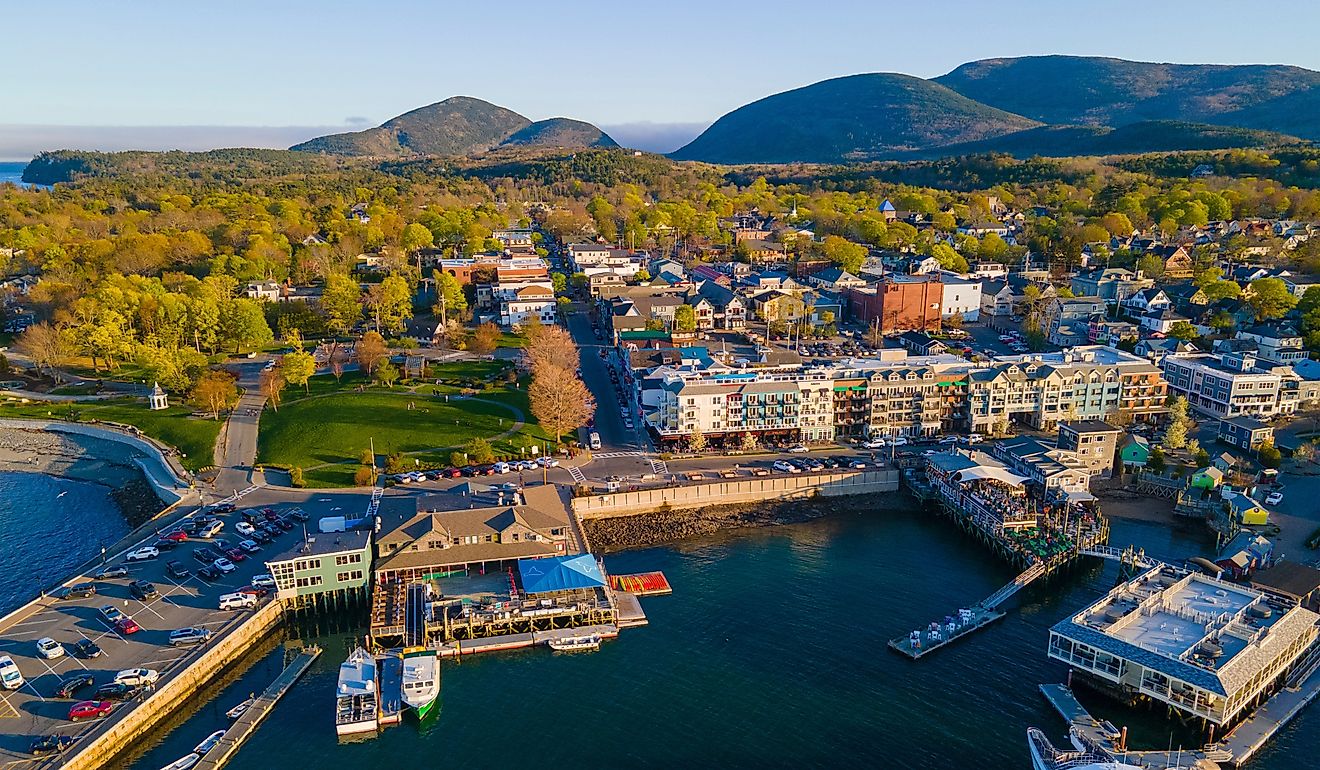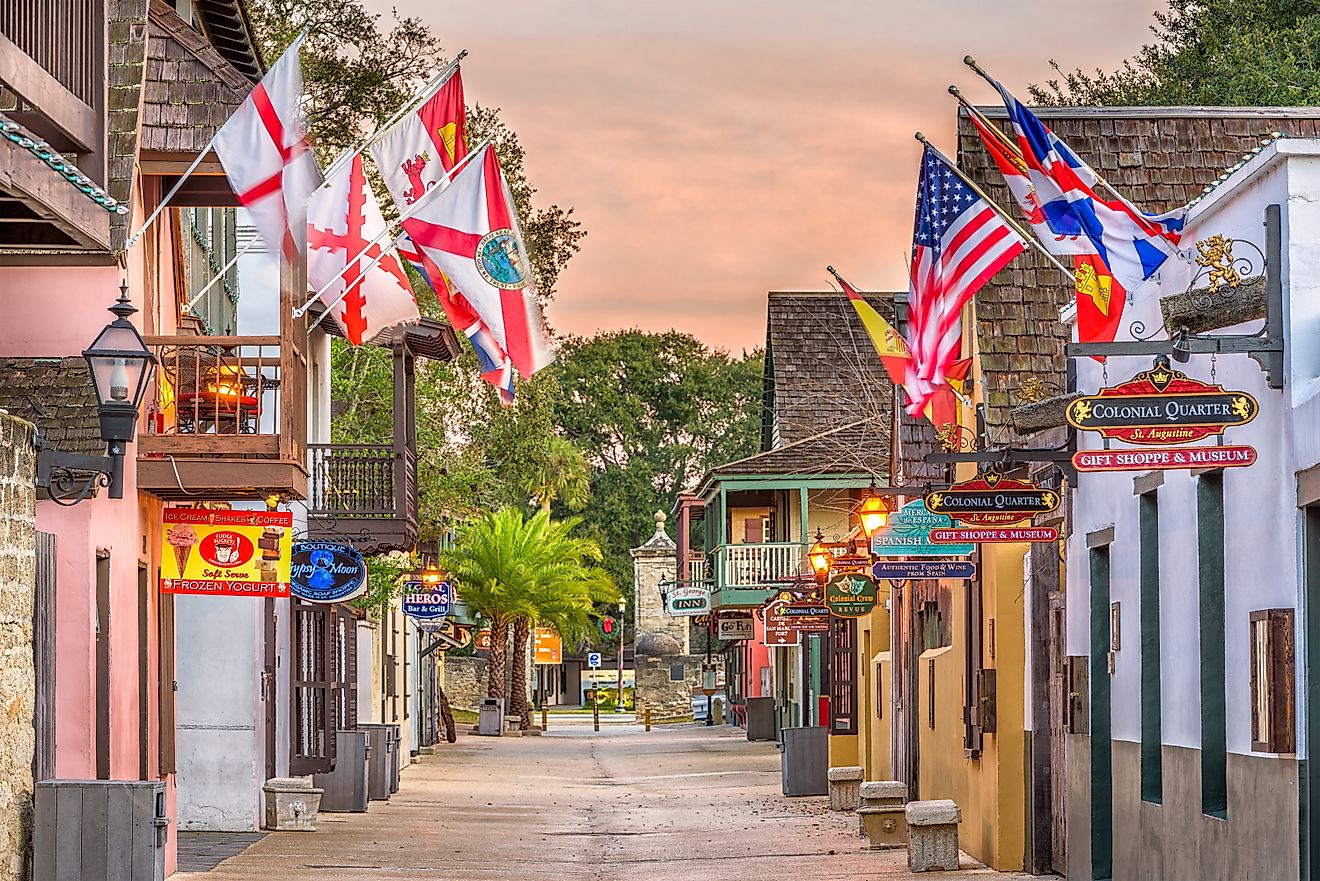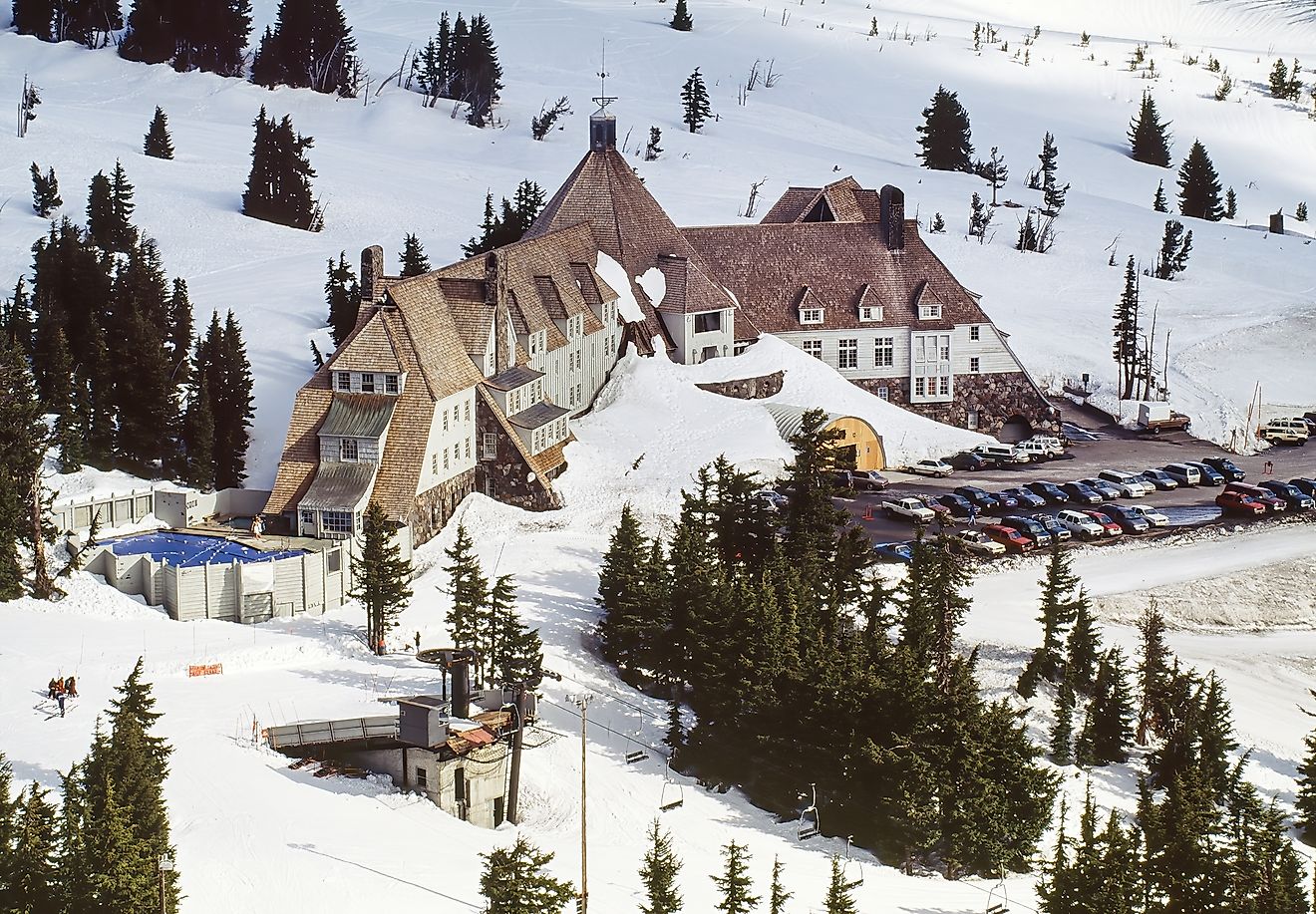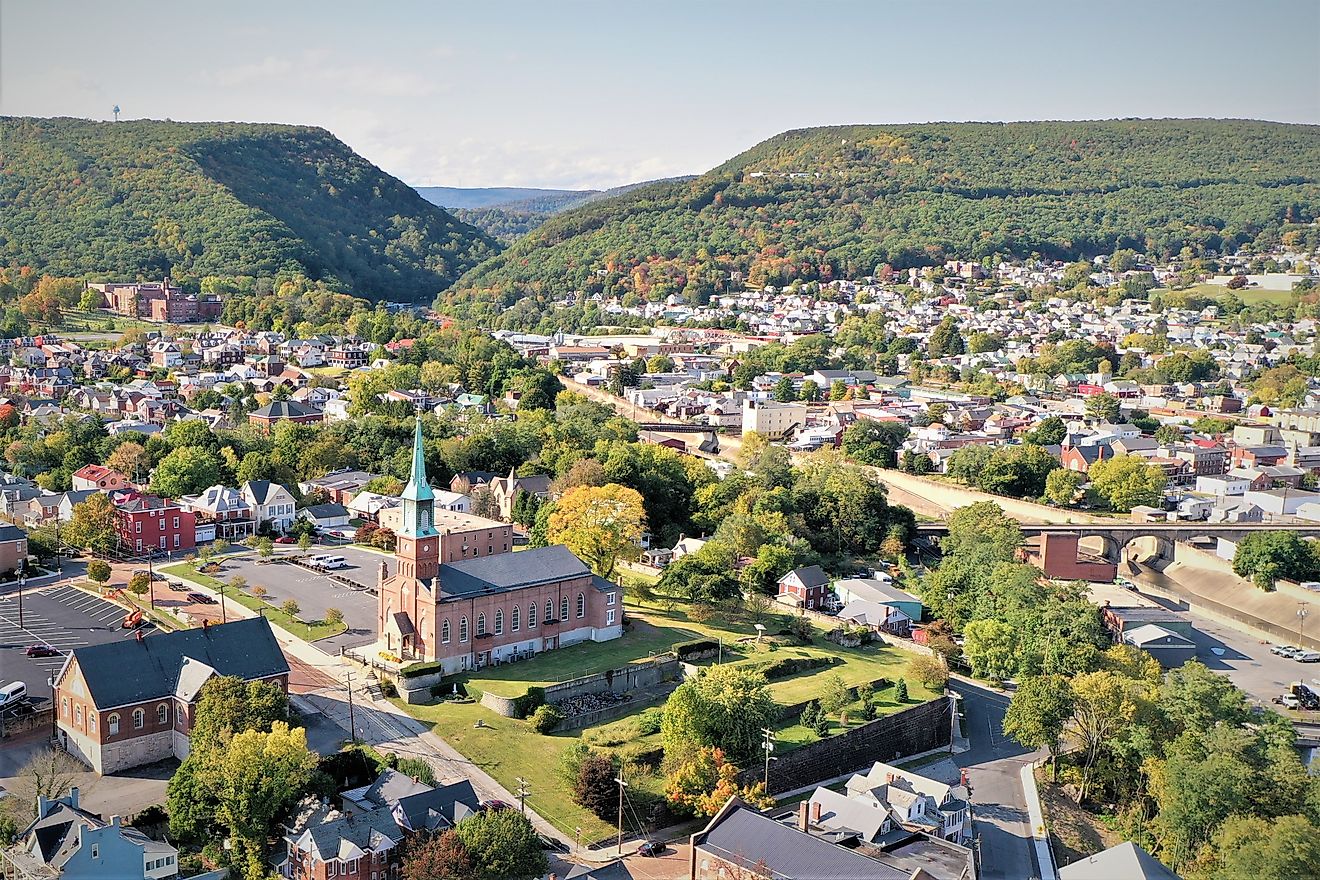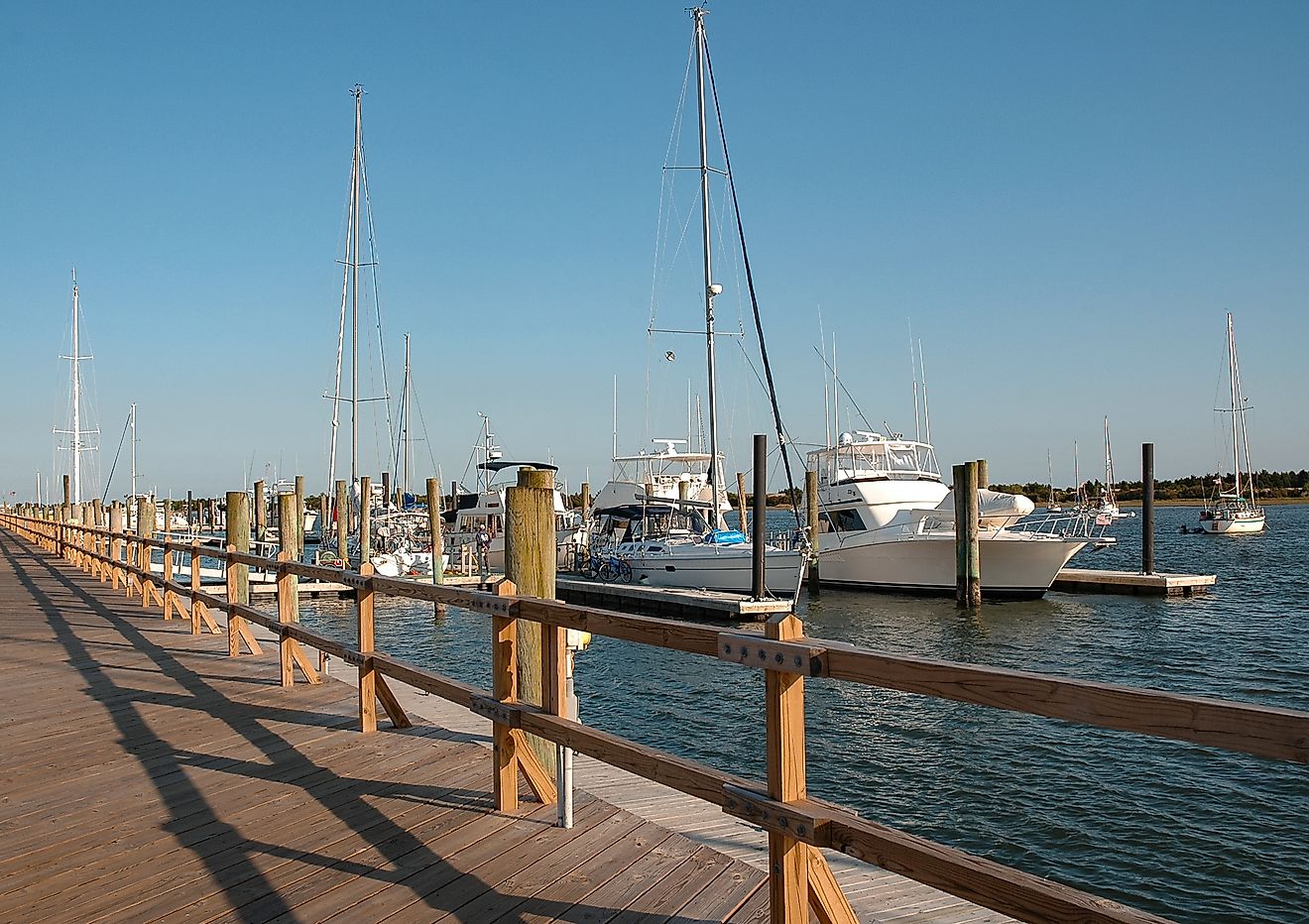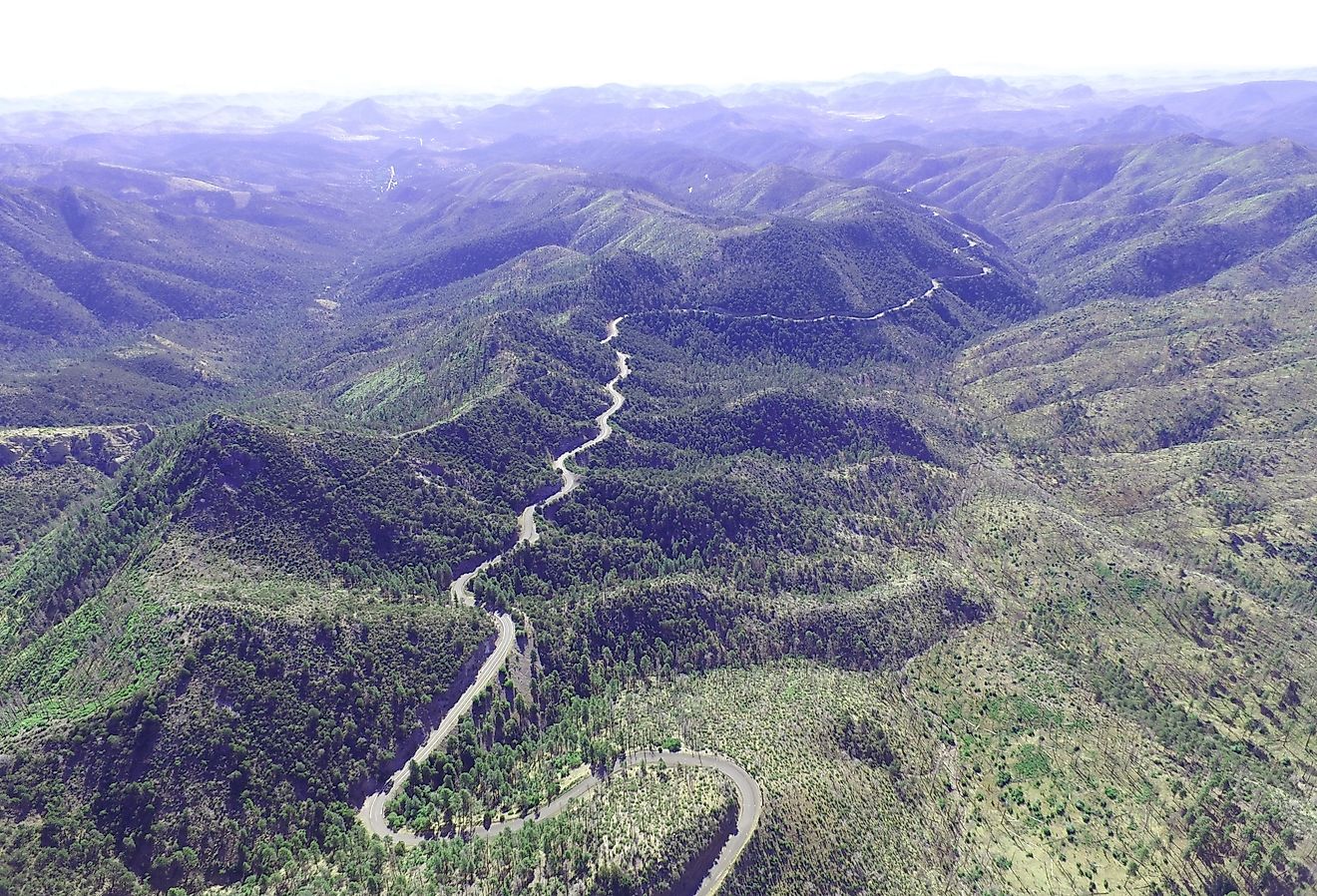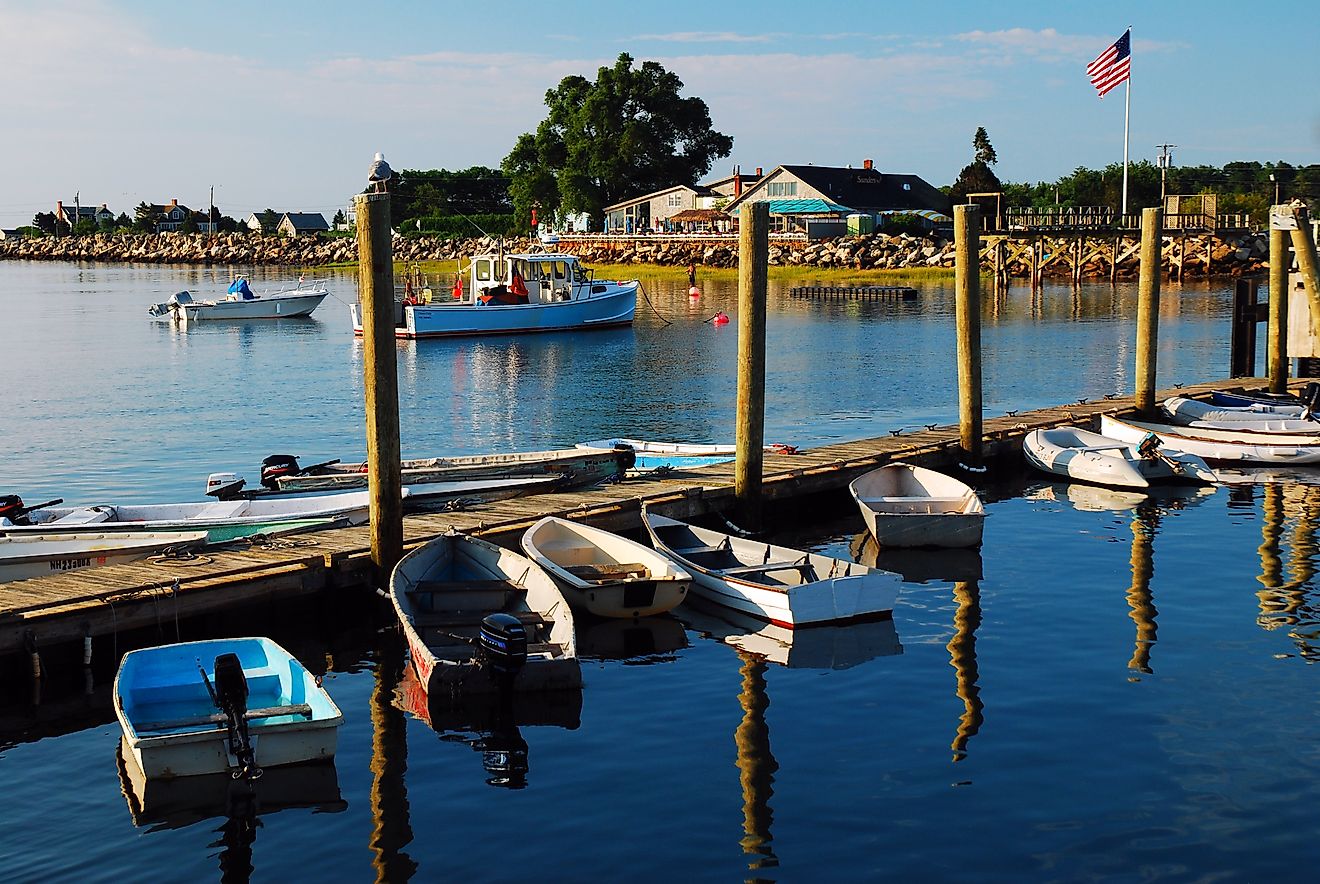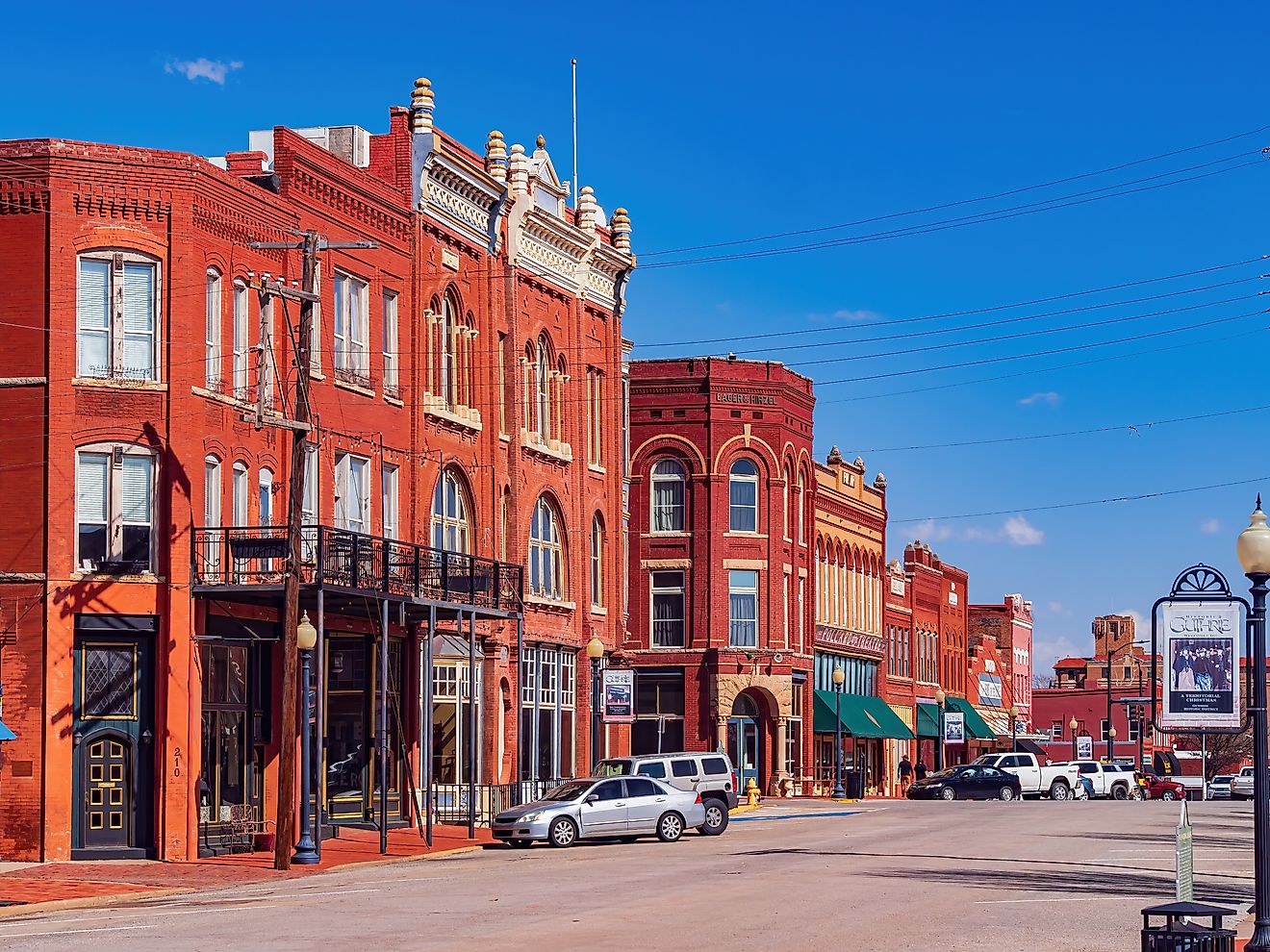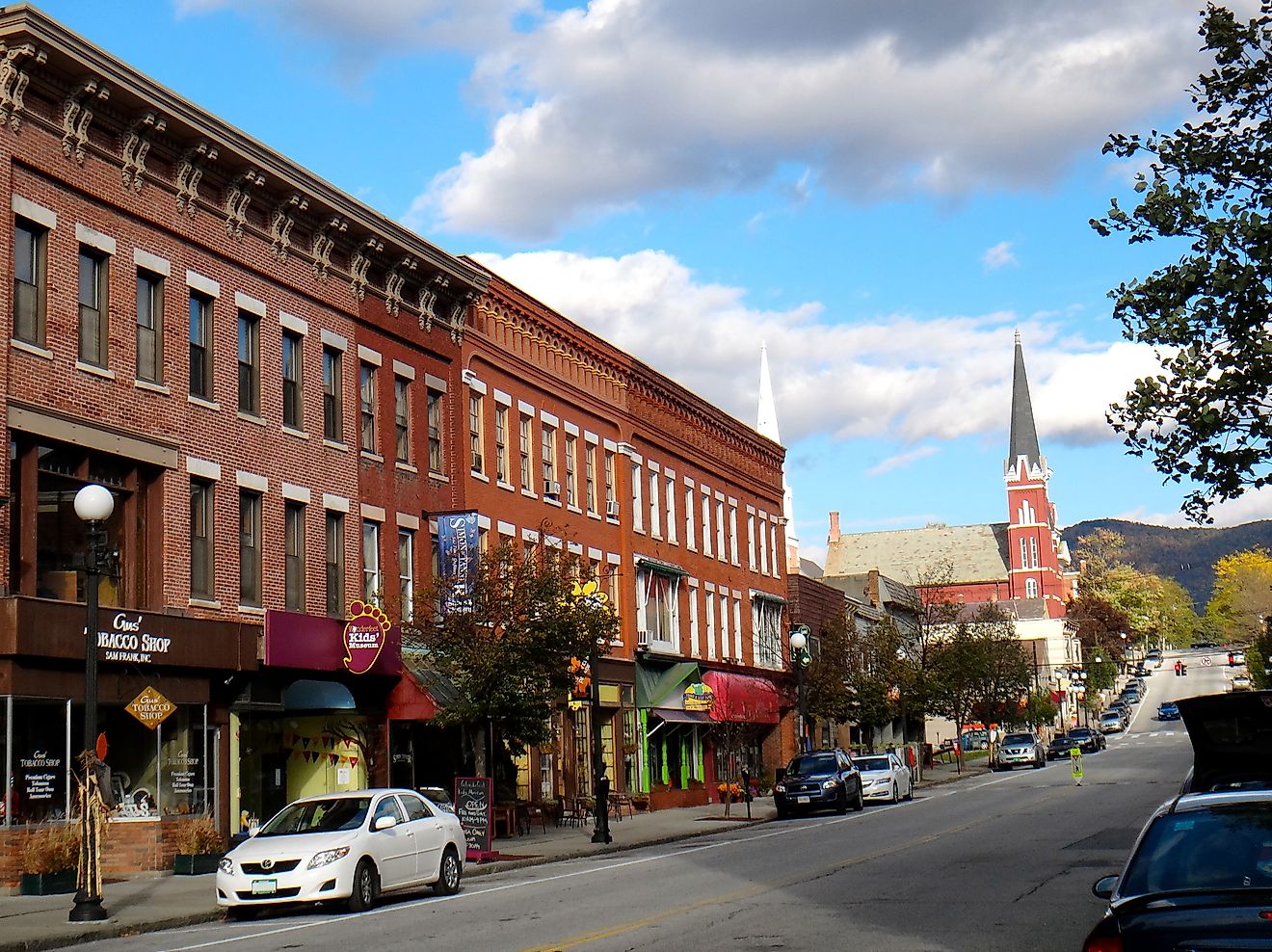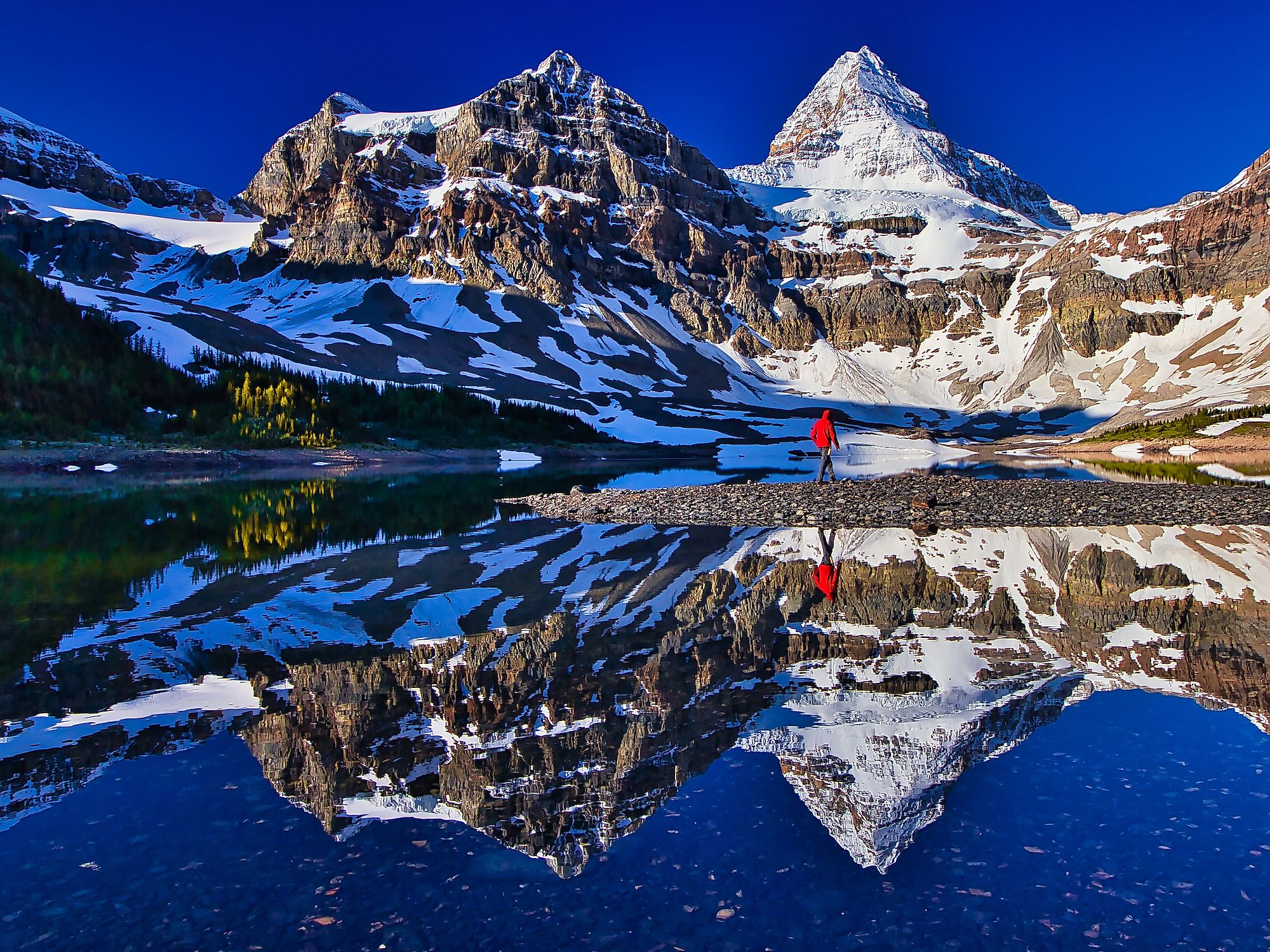
10 Best Canadian Provincial Parks
Provincial parks throughout Canada share the same spirit of conservation, recreation, reconciliation, and tourism as the national parks but are managed by the provincial governments and other local groups. Because of differing definitions, it is surprisingly difficult to come up with a firm tally of these sites. For example, Alberta alone has five national parks, 67 provincial parks, three wilderness areas, over 300 recreation areas, and 14 ecological reserves. So excluding these additional categories and the territorial parks to the North, a reasonable estimate is that there are around 1,174 provincial parks in Canada, plus or minus a handful due to recent designations or reclassifications. Whatever the exact number, all provinces have clearly demonstrated their priority in preserving and promoting the Canadian wilderness. The following list is a collection of some of the best provincial parks across the land.
Algonquin, Ontario
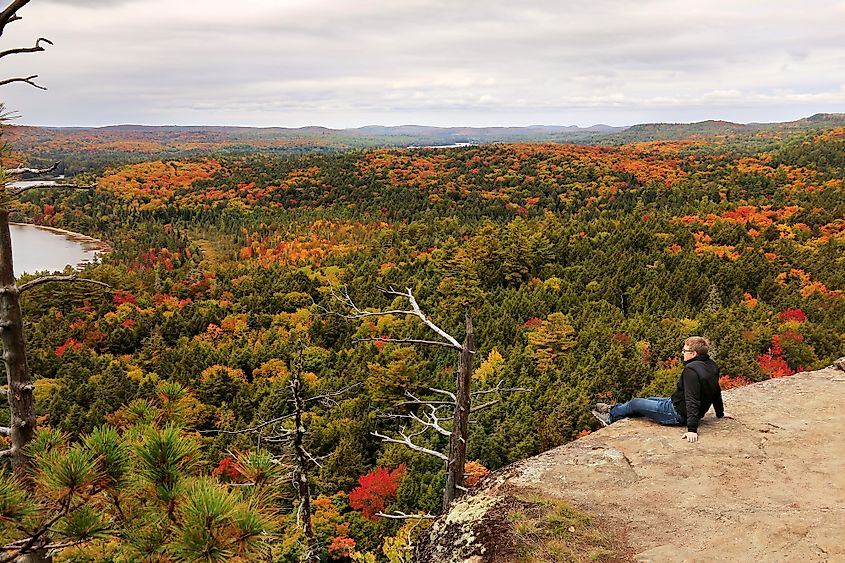
Algonquin is Ontario's oldest provincial park, and with an area of 7,635 square kilometers (4,744 square miles), also one of its largest. Algonquin houses dense forests, bogs, rivers, and thousands of lakes within this exceptional landmass. Though part of the park has excellent infrastructure to facilitate the crowds, the wild interior can only be accessed on foot or with a canoe/kayak. This offers a well-balanced park experience for both the drive-in weekend campers and the seasoned outdoorsy folks. Keeping much of the land untouched also nicely demonstrates the priority of conservation.
Dinosaur, Alberta
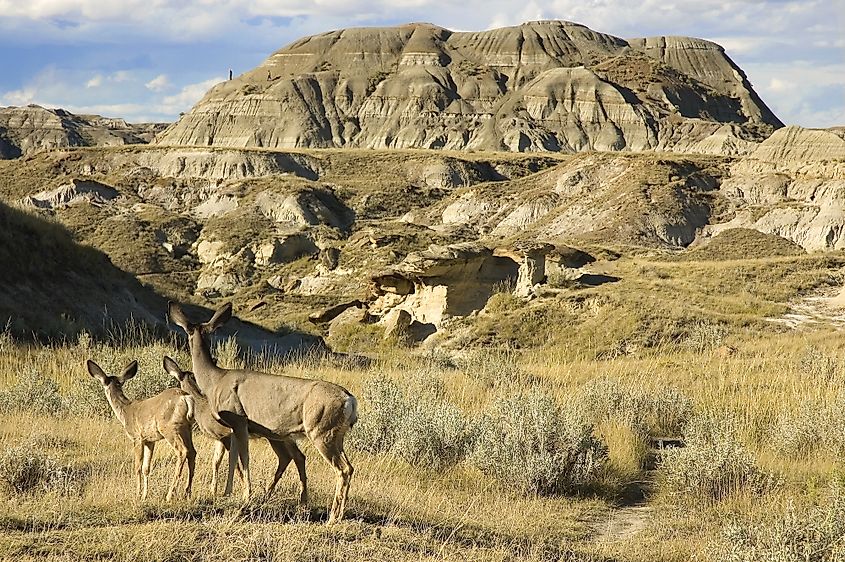
Dinosaur Provincial Park, the name alone captures the imagination. But there is nothing imaginary about the paleontological significance of this region. In fact, this is a UNESCO World Heritage Site because of the important caches of dinosaur fossils found throughout the years. A total of 150 skeletons, from 35 species of dinosaurs, have been unearthed from their 75-million-year-old tombs. You can see the full-scale displays at the visitor's center, or you can wander amongst the coulees and hoodoos of the Alberta Badlands in hopes of stumbling upon the next major finding (or simply to enjoy the alien scenery). This park is located near Brooks, Alberta, about 220-kilometers (137-miles) East of Calgary.
Juan de Fuca, British Columbia
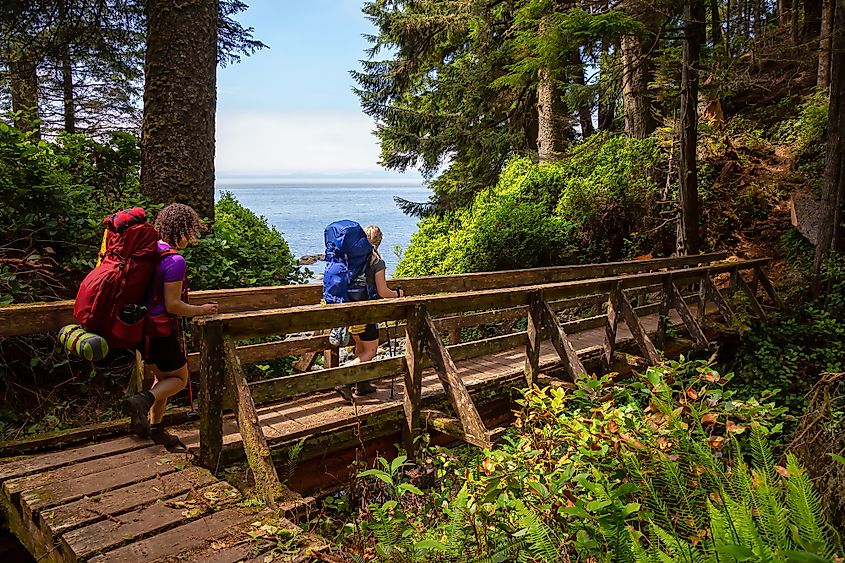
Juan de Fuca, and the Juan de Fuca Marine Trail, are the cousins to the more popular Pacific Rim National Park Reserve/West Coast Trail combo. Both places occupy similar ecological niches. Juan de Fuca Provincial Park is also located on the West coast of Vancouver Island, immediately Southeast of Port Renfrew, which is the Southern trailhead for the WCT. Juan de Fuca also enjoys a temperate rainforest setting and has excellent marine viewing opportunities (including Grey and killer whales) while looking out over the Juan de Fuca Strait, where it joins the North Pacific Ocean. Finally, the Juan de Fuca Marine Trail is an excellent alternative to the WCT or a lovely add-on for anyone heading North to South who does not want the wondrous adventure to end.
Sheep River, Alberta
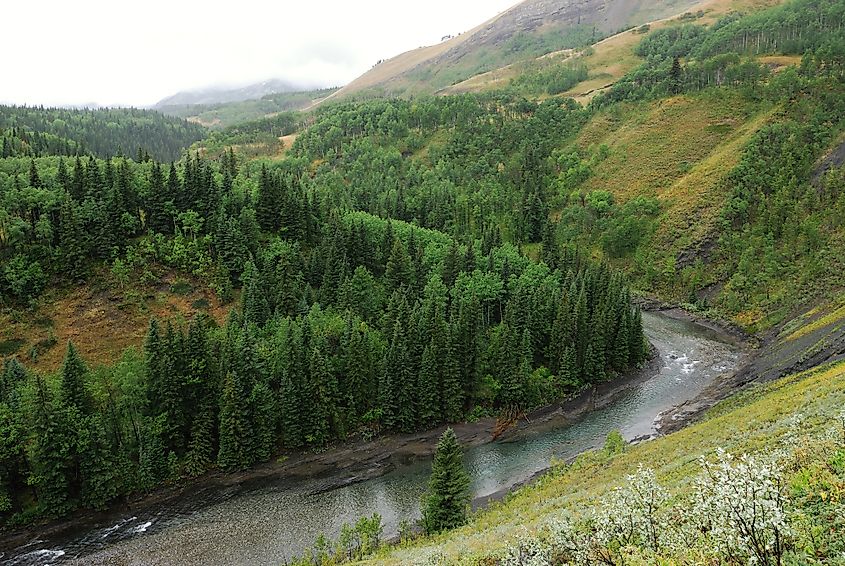
Straddling the Rockies to the West and the foothills of Bluerock Wildland Provincial Park to the East, Sheep River Provincial Park is teeming with lesser-known hiking trails, a wealth of wildlife, and activities for the winter and summer adventurer alike. Explorers can conquer a difficult ridge route or choose to find solitude with gorgeous views of surrounding peaks and rumbling waterfalls. Within the park, visitors will find the Sheep River Wildlife Sanctuary, established in 1973 to provide a permanent habitat for bighorn sheep. The gently rolling grasslands, aspen parkland, and coniferous forests are also home to deer, moose, wolves, bears and varied species of fish and birds.
Killarney, Ontario
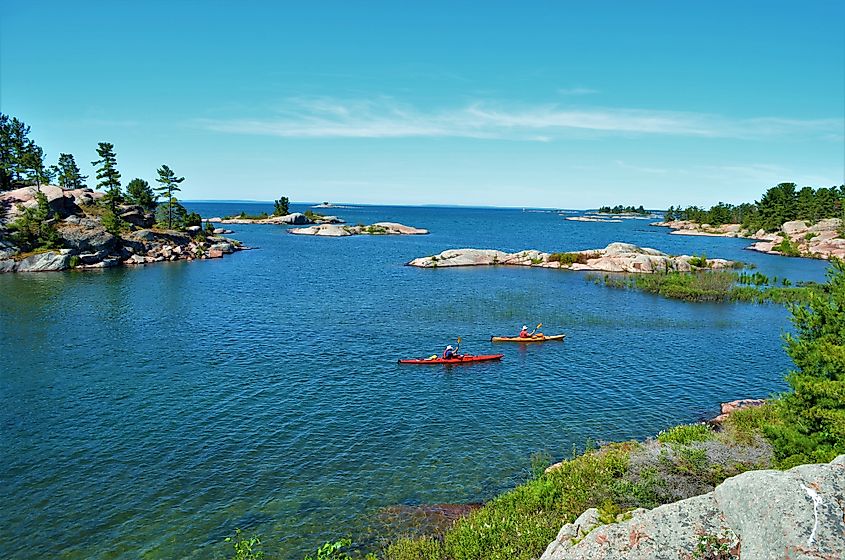
The "Group of Seven" painters found ample inspiration in Killarney and even helped persuade the Ontario government to create the provincial park in the first place. It is easy to see why they were so invested in this landscape. The rugged yet pristine Georgian Bay Coast stretches as it pleases throughout the 645 square-kilometer (400 square-mile) boundary. The Canadian Shield and La Cloche Mountains form the backbone of the park, on which stalwart Jack Pine forests grow thick. There are also exceptionally clear lakes (often owing to their low PH), peppered with lovely islands that entice paddlers to take extended lunch breaks. Killarney's geography lends itself to rewarding portage trips.
Garibaldi, British Columbia
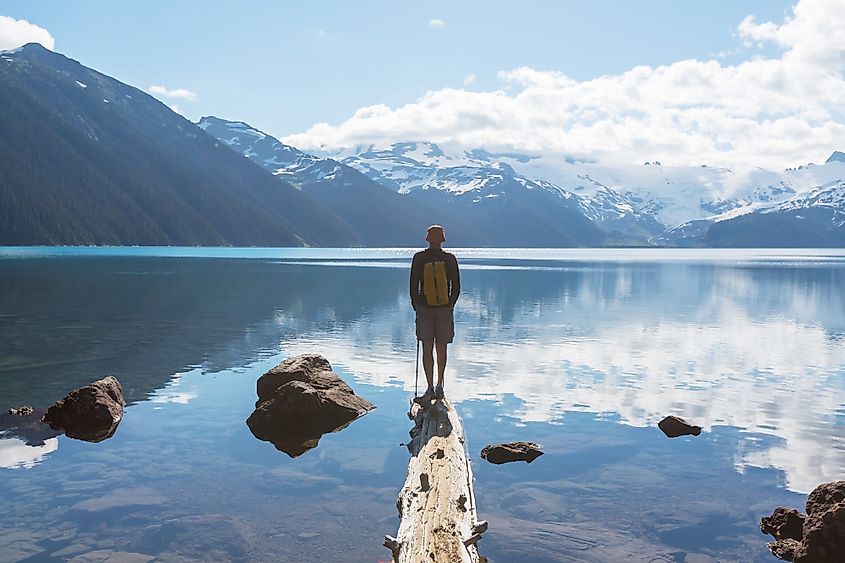
Located between the town of Squamish and the Resort Municipality of Whistler, Garibaldi Provincial Park helps solidify the area's outdoor recreation image. With over 90-kilometers of hiking trails, the sizable, titular lake, and an ideal location within the Coast Mountains, there is no shortage of year-round activities. The park, corresponding lake, and adjacent town are all named after the most prominent peak in the region, Mount Garibaldi (2,678-meters/8,786-feet). This park strikes another great balance between unspoiled nature and general accessibility. The province's capital city of Vancouver is a mere 70-kilometers (43.5-miles) to the South.
Pinery, Ontario
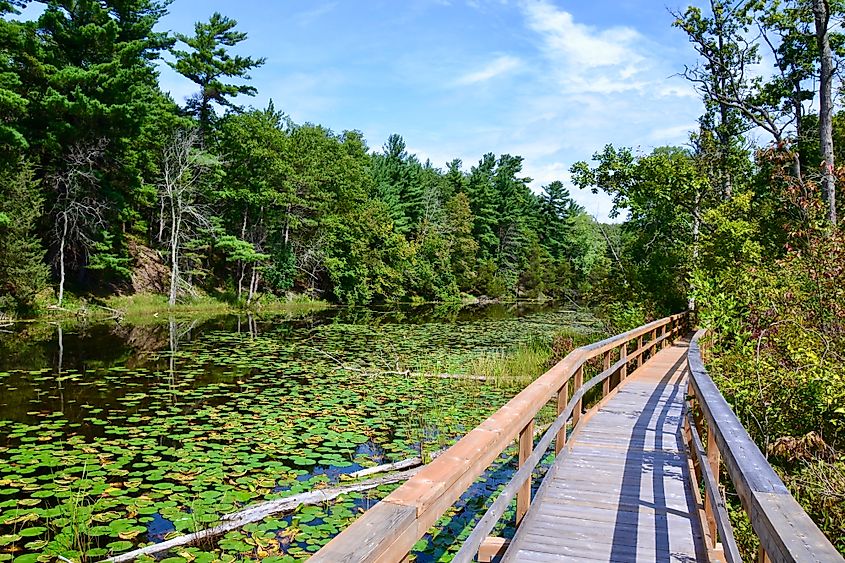
Located on the Southeastern shore of Lake Huron, between Port Franks and Grand Bend, Pinery Provincial Park, or "The Pinery," enjoys 10-kilometers (6.2-miles) of swimmable sandy beaches. This stretch protects the rare Oak Savanna forest and the fragile Coastal Dune ecosystems, both of which are a delight to explore respectfully. If that still does not convince you, National Geographic ranked the Pinery in the top ten for the best sunsets in the world. Who can resist a beautiful sunset? Finally, if winter is your preferred season, the Pinery maintains 38-kilometers (23.6-miles) of cross-country skiing trails.
Mount Assiniboine, British Columbia
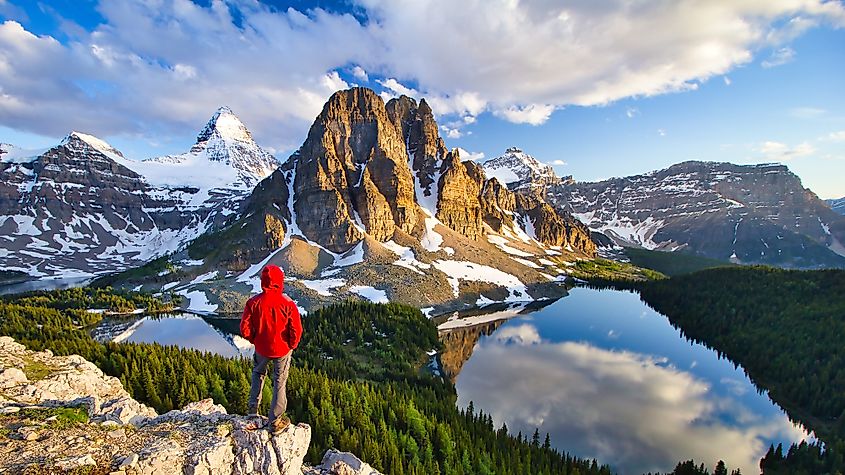
Mount Assiniboine Provincial Park is a special place, not only because it is impossibly scenic but also because it has no road access. Anyone wishing to stay at the luxurious Assiniboine Lodge (North America's first backcountry ski lodge), or pitch a tent at one of the nearby campsites, will either have to make the 26-kilometer (16.2-mile) hike in or reserve a spot on one of the regular helicopter flights. The extra effort/cost is well worth it because you end up at the foot of Mount Assiniboine (3,618-meter/11,870-feet), which due to its striking pyramidal shape, is known as the "Matterhorn of the Canadian Rockies." Mount Assiniboine Provincial Park, along with the national parks of Banff, Jasper, Kootenay, and Yoho, plus the fellow provincial parks of Mount Robson and Hamber, all comprise the epic Canadian Rocky Mountain UNESCO World Heritage Site.
Fathom Five National Marine Park, Ontario
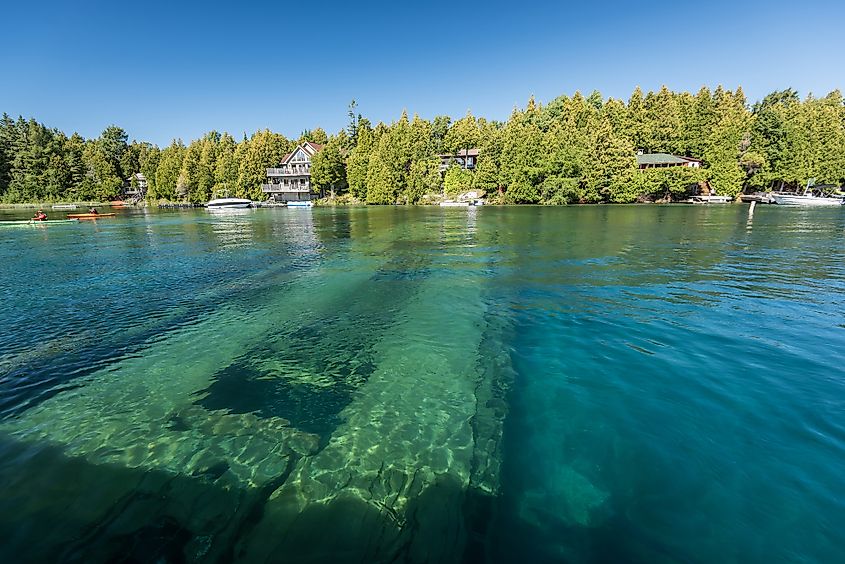
This 112 square-kilometer (70 square-mile) park takes the conservation party to the water. Fathom Five pairs perfectly with the limestone cliffs of the Bruce Peninsula National Park and the small fishing village/ferry terminal of Tobermory to create a nature-soaked trifecta getaway. Scuba divers will be particularly drawn to this area to explore the 22 mysterious shipwrecks. They are just off the coast and often visible from the shore through the crystal-clear waters of Georgian Bay. This environment is also home to one of Ontario's most important freshwater ecosystems.
Pingualuit National Park (Parc National des Pingualuit), Quebec
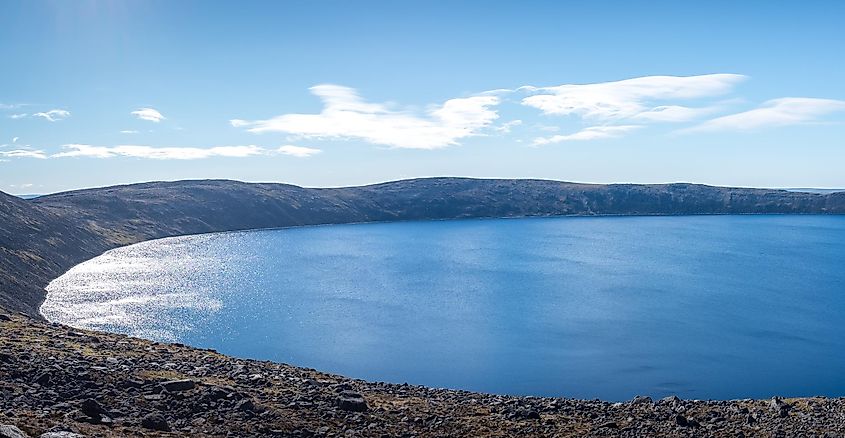
In the far North of the French-Canadian province of Quebec, on the Ungava Peninsula, lies Pingualuit National Park (despite the name it is, in fact, a provincial park). This park was created in 2003, with the 1.4-million-year-old Pingualuit Crater as the focal point. The resulting rain/snow-fed lake is 3.4-kilometers (2.1-miles) in diameter and 400-meters (1,312-feet) deep. This pure blue, extraterrestrial wonder contrasts the surrounding tundra and reflects the enormity of the Arctic sky. Visitors to Pingualuit (Inuit for "where earth rises") can base out of the village of Kangiqsujuaq, which is 88-kilometers Southwest of the crater.
Kakabeka Falls, Ontario
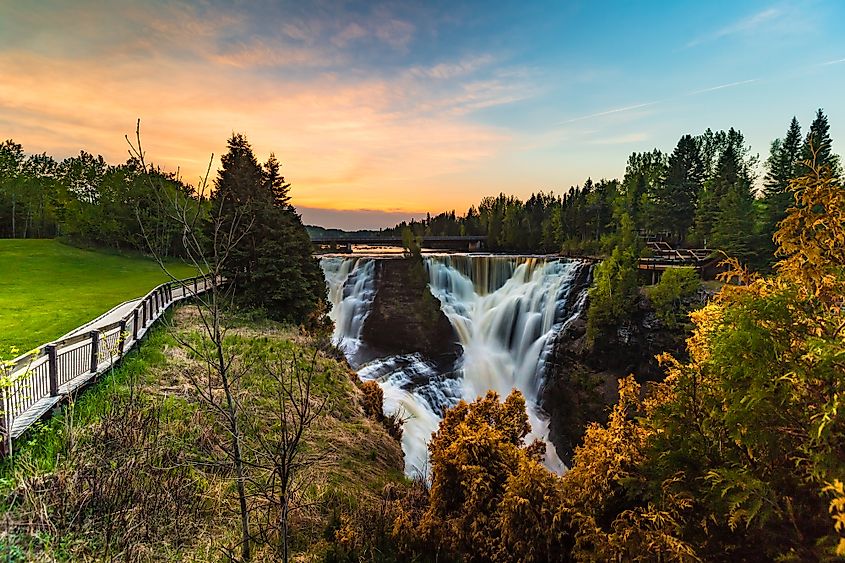
If you are in the Thunder Bay area, then a side trip to Kakabeka Falls is a must. The 40-meter (131-foot) roaring behemoth is open for year-round access. Within moments of parking, visitors can view the falls and the exquisite gorge carved by the Kaministiquia River. This is best done by taking the horseshoe boardwalk that crosses the falls and extends along both sides of the canyon for the full panoramic experience. Kakabeka Falls makes for a lovely road-trip lunch break, a half-day hiking excursion, or, as with any noteworthy provincial park, there are well-established campsites available to extend the fun across multiple days.
It is tough to narrow down so many pristine places into one digestible list. Though entirely subjective (and biased to my childhood nostalgia and recent adventures), I hope that these provincial parks pique your interest in the Canadian landscape. No matter what province you find yourself in, compelling environments await your arrival.

